NatronZ (NCOIN) Explained: What This Crypto Coin Is and How It Works
A clear breakdown of NatronZ (NCOIN): what it is, blockchain, tokenomics, market data, how to buy, and key risks for investors.
Read More
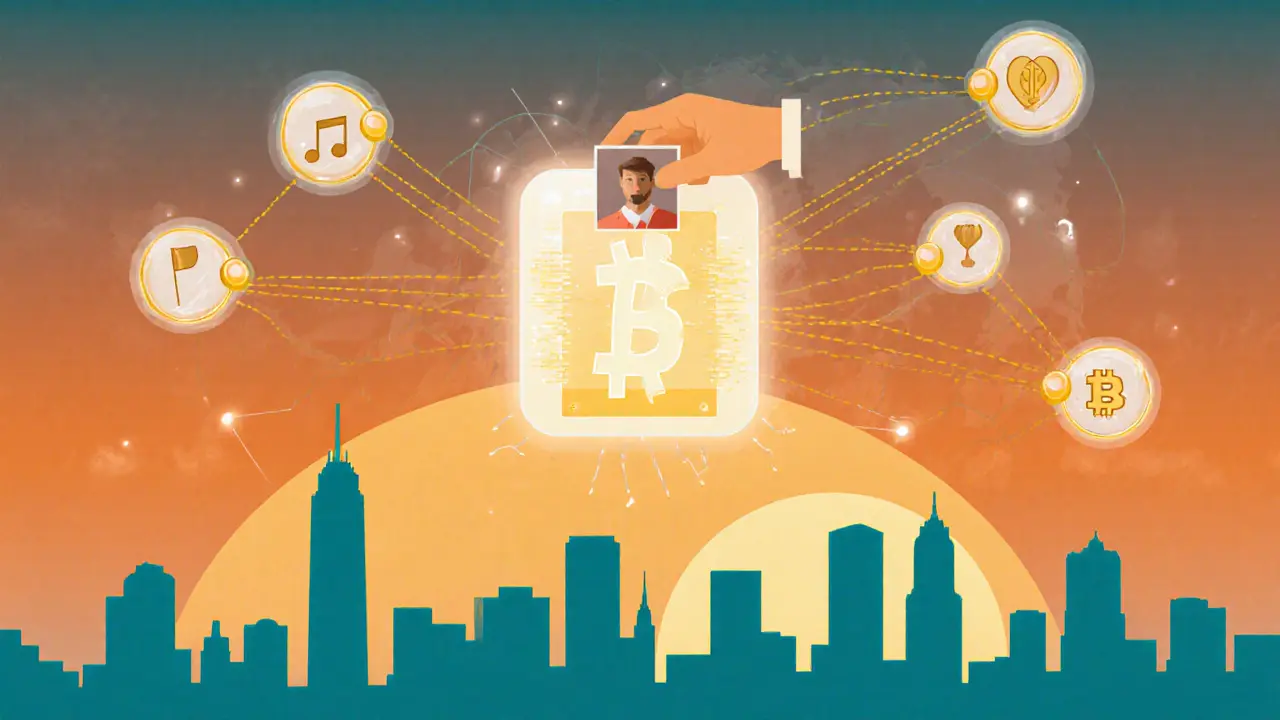
Compare payment processing under traditional DRM versus blockchain-based systems
Payment processing time: 180 days
Royalty error rate: 12%
Payment processing time: 7 days
Royalty error rate: 0.3%
Based on the Norwegian Grammy Awards case study, blockchain reduced royalty errors from 12% to 0.3%, resulting in $0.00 more in revenue for creators.
Example: $472 earned in 48 hours from 1,200 streams across 14 countries (as seen with Ujo Music platform)
Every time you upload a song, photo, or video online, you’re risking losing control over it. Traditional digital rights management (DRM) systems were built to lock content down - but they also lock creators out. Centralized servers, opaque royalty payments, and broken licensing chains have left millions of artists, photographers, and filmmakers struggling to get paid. Enter blockchain. It doesn’t just track ownership - it proves it. And it’s starting to fix the broken system from the ground up.
Traditional DRM tools like Apple’s FairPlay or Google’s Widevine work like digital padlocks. They restrict how you can use content, but they don’t tell you who actually owns it. If a song is streamed on Spotify, the platform decides how much goes to the artist - and often, it takes months to show up. Meanwhile, pirated copies spread unchecked because no one can prove who created the original.
Blockchain changes that. Instead of relying on one company to keep the records, it uses a public, tamper-proof ledger. Every time a file is created, licensed, or sold, that action is recorded as a transaction on the blockchain. Once written, it can’t be deleted or altered. This means if you upload a photo and register it on the blockchain, you have an unbreakable timestamped proof that you made it - even if someone copies it a year later.
Companies like IBM and Accenture have confirmed that blockchain eliminates the fragmentation that plagues current systems. Instead of having separate databases for publishers, distributors, and streaming platforms, everyone references the same chain. That’s why the Norwegian Grammy Awards saw royalty errors drop from 12% to 0.3% after switching to blockchain-based tracking.
One of the biggest wins with blockchain DRM is automation. Smart contracts - self-executing code on the blockchain - handle payments without middlemen. When someone buys your digital artwork or streams your track, the contract triggers automatically. No invoices. No delays. No guesswork.
Take Ujo Music, a platform built on Ethereum. Independent musicians there saw royalty payments go from six months to seven days. Why? Because every stream, download, or resale was coded into the contract. The artist got their cut, the producer got theirs, and the studio got theirs - all in real time. No human had to approve it. No bank had to process it. The code did it all.
This isn’t theoretical. In 2023, an indie musician in Perth recorded a single, uploaded it to a blockchain platform, and earned $472 from 1,200 streams across 14 countries - all tracked and paid within 48 hours. She didn’t need a label. She didn’t need a distributor. The blockchain handled it.
Blockchain DRM doesn’t just store data - it secures it using three core principles:
Content itself is often stored on IPFS (InterPlanetary File System), a decentralized file network. The blockchain only holds the digital fingerprint - the hash - of the file. That way, the actual media isn’t on the chain, saving space and cost. But anyone can verify that the file hasn’t been changed since it was registered.
Platforms like Polygon and Hyperledger Fabric can process 1,500-7,000 transactions per second - far faster than older blockchain systems. Ethereum, once slow and expensive, now runs on PoS after its 2022 upgrade. Gas fees dropped from $10+ to under $1.27 per transaction, making micro-payments for digital content feasible.
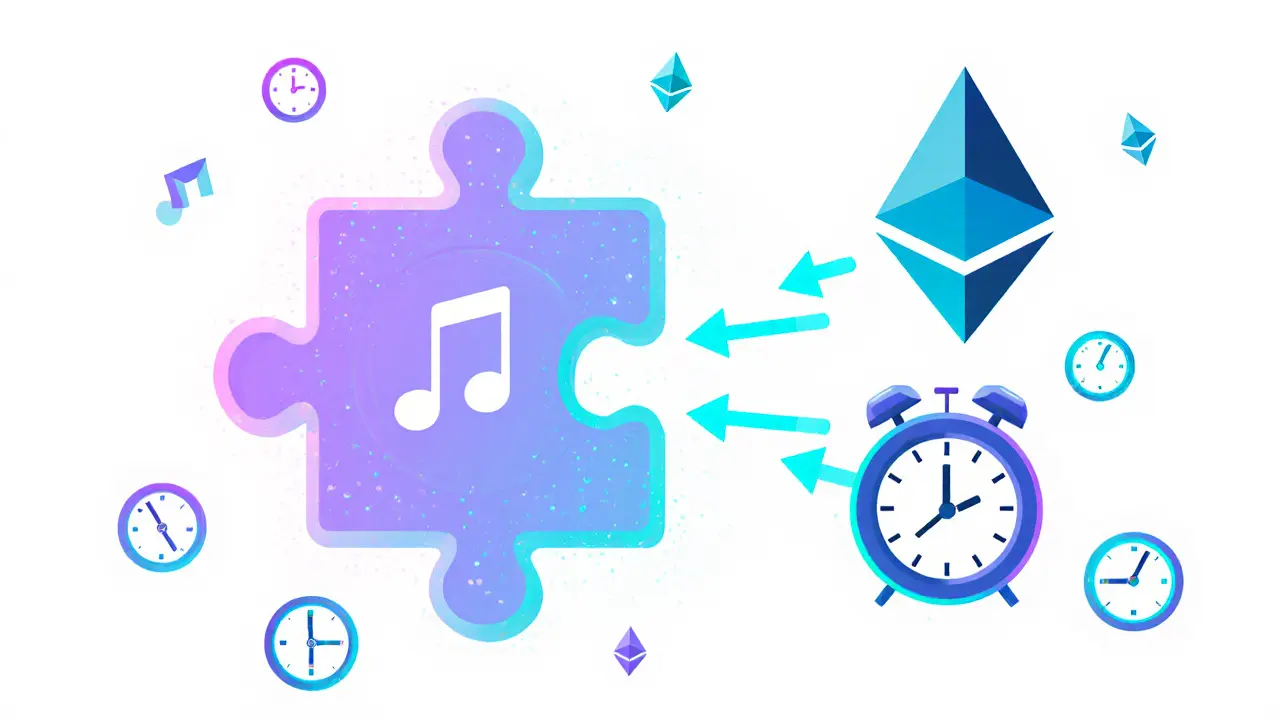
Music gets the most attention, but blockchain DRM is being used everywhere:
In September 2023, Adobe expanded its Content Authenticity Initiative to cover 200 million Creative Cloud users. That means every Photoshop file now carries an invisible blockchain signature - visible to anyone who opens it. No more fake stock photos. No more stolen designs.
Blockchain DRM isn’t magic. It has real limits.
First, it doesn’t stop piracy - it just makes it easier to prove who owns what. If someone downloads your song and shares it on a pirate site, the blockchain can prove you’re the original creator, but it can’t delete the file. Enforcement still requires legal action. According to WIPO, 41% of blockchain-registered copyrights still end up in court.
Second, integration is hard. Most media companies still use legacy systems from the 2000s. Connecting those to blockchain requires 6-9 months of work and $180,000-$350,000 in upfront costs. That’s why 72% of independent creators can’t afford it yet.
Third, user experience is clunky. Most people don’t understand crypto wallets, private keys, or gas fees. A film producer in Toronto lost 22% of his rental income in 2023 because Ethereum fees spiked during a network surge. He had to pay $80 in fees to sell a $350 short film.
And then there’s the fragmentation problem. There are 17 major blockchain DRM platforms today, and most don’t talk to each other. A song registered on Audius won’t show up in a system built on Hyperledger. The IEEE Standards Association warned in 2023 that without interoperability standards, blockchain DRM could end up as another set of walled gardens.
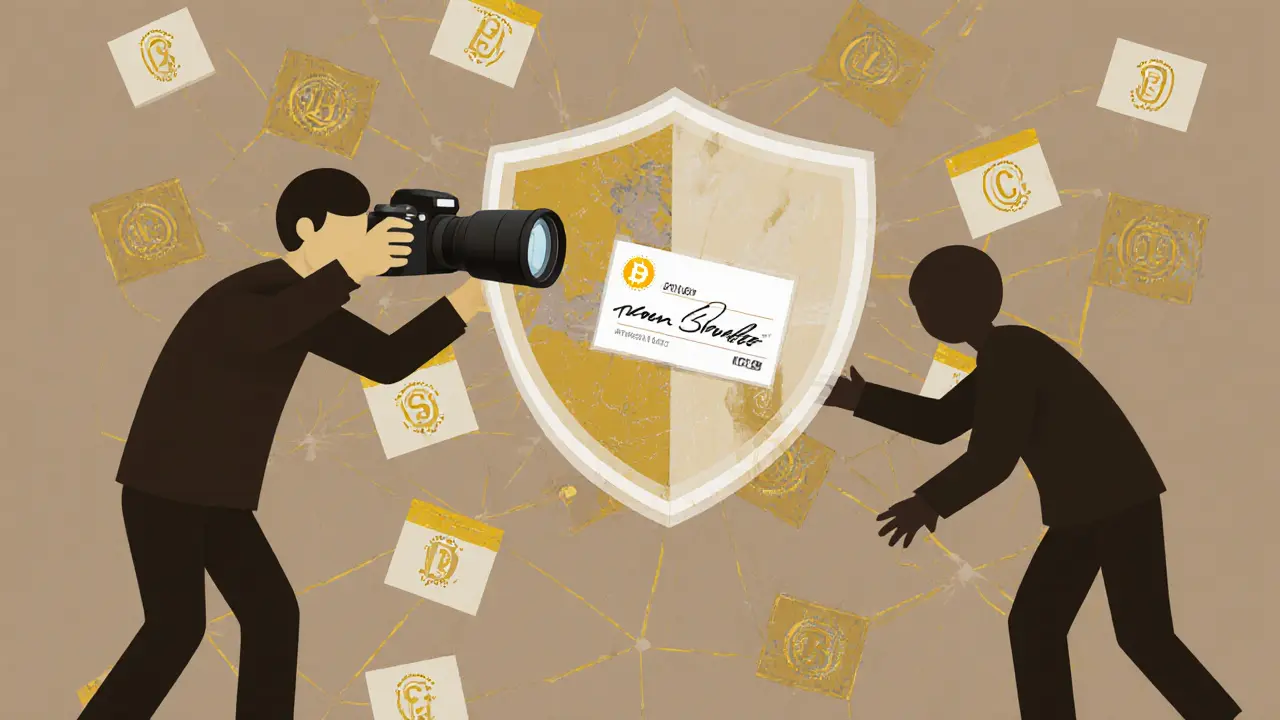
The market is still young, but clear leaders are emerging:
Meanwhile, startups like RightsChain collapsed in 2021 after failing to integrate with major streaming services. Their mistake? They built a closed system. The lesson: blockchain DRM only works if it connects to the real world.
The numbers tell a clear story. The global blockchain DRM market hit $235 million in 2023 and is projected to hit $1.2 billion by 2027 - growing at 38.5% annually. Meanwhile, traditional DRM grows at just 5.2%.
Why? Because creators are demanding change. In a 2023 survey, 89% of media executives said they plan to invest in blockchain DRM by 2025. The European Union already recognizes blockchain records as legal proof in copyright cases. The U.S. Copyright Office still requires formal registration, but that’s changing.
Looking ahead, the European Blockchain Services Infrastructure will launch in 2024, creating a unified rights system across all 27 EU countries. That’s the first step toward global interoperability.
And as AI-generated content explodes, blockchain will become essential. If an AI creates a song, who owns it? The developer? The user? The training data? Blockchain can trace every input, every layer, every modification - making attribution possible for the first time.
If you’re an independent creator - musician, photographer, writer - blockchain DRM gives you power you’ve never had. You can register your work for under $1. You can get paid instantly. You can prove ownership forever.
If you’re part of a company managing thousands of digital assets, the cost is higher, but the ROI is clear: fewer disputes, faster payouts, and trust from your creators.
It’s not for everyone yet. But for those ready to take control, it’s the most powerful tool to emerge in digital rights since the internet itself.
No. Blockchain proves who owns the content and when it was created, but it can’t delete files from pirate sites. Enforcement still requires legal action. What it does is make it easy to prove ownership in court, which increases the chances of winning a case or getting a settlement.
Yes, for most platforms. You’ll need a digital wallet to sign transactions and prove ownership. But many platforms now offer simplified onboarding - like linking your email or social account to a wallet behind the scenes. You don’t need to understand Bitcoin or Ethereum to use it.
It’s getting cheaper. Platforms like Audius and Verisart offer free registration. Gas fees on Polygon or Ethereum after its upgrade cost less than $1 per transaction. For most creators, the cost is under $10 a year to register and track work. The bigger cost is time - learning how to use it.
Yes, and many companies do. Blockchain handles ownership and royalties. Traditional DRM like Widevine still handles streaming restrictions. They work together: blockchain proves you own it; traditional DRM stops unauthorized playback.
You lose access to your registered content. There’s no password reset. No customer service. That’s why backup tools like encrypted cloud backups or physical seed phrases are critical. Many platforms now offer two-factor recovery options, but you still need to set them up manually.
Yes, in most countries. The EU recognizes blockchain records as legal evidence in copyright cases. The U.S. Copyright Office still requires formal registration for lawsuits, but blockchain timestamps are accepted as supporting proof. Laws are catching up - fast.
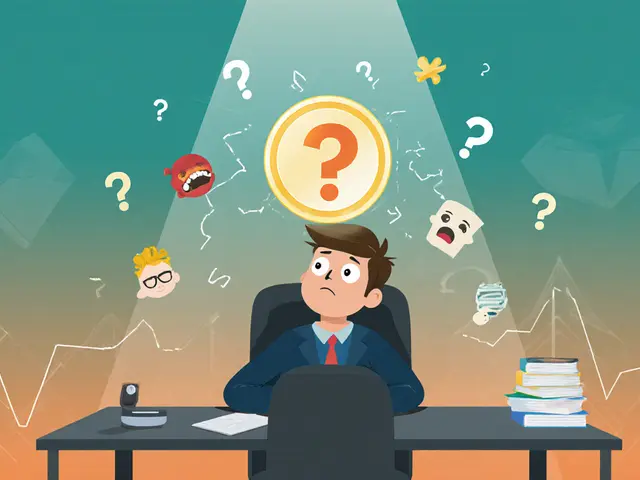
A clear breakdown of NatronZ (NCOIN): what it is, blockchain, tokenomics, market data, how to buy, and key risks for investors.
Read More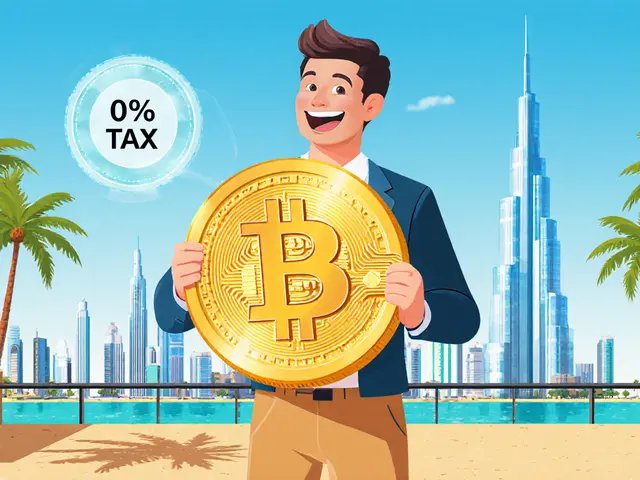
Learn how the UAE's 0% personal income tax on cryptocurrency gains works, who qualifies, and how to become a crypto tax resident in 2025.
Read More
A 2025 guide that explains why Coinbase blocks certain countries, which nations have full, partial, or no access, and how users can legally work around the restrictions.
Read More
Write a comment